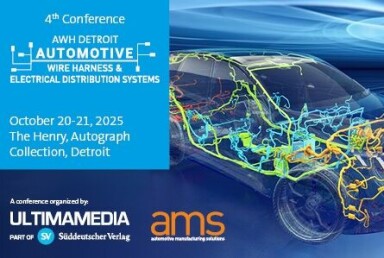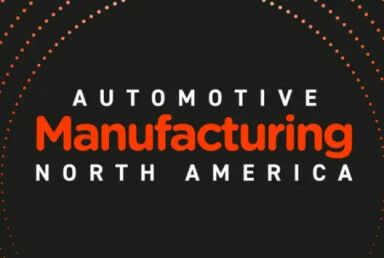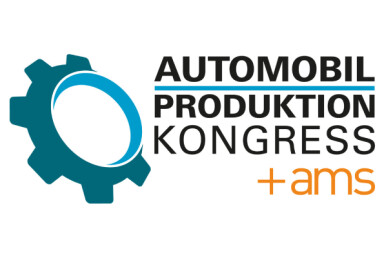Volkswagen to cut 35,000 jobs and shift Golf production to Mexico amid huge German manufacturing overhaul
Volkswagen announces a significant restructuring of its German manufacturing operations, including 35,000 job cuts by 2030 and the relocation of Golf production to Mexico. The plan aims to reduce production capacity by 734,000 units and save €15 billion ($15.45 billion) annually, addressing overcapacity and high labour costs to ‘enhance competitiveness’ in automotive production crisis.
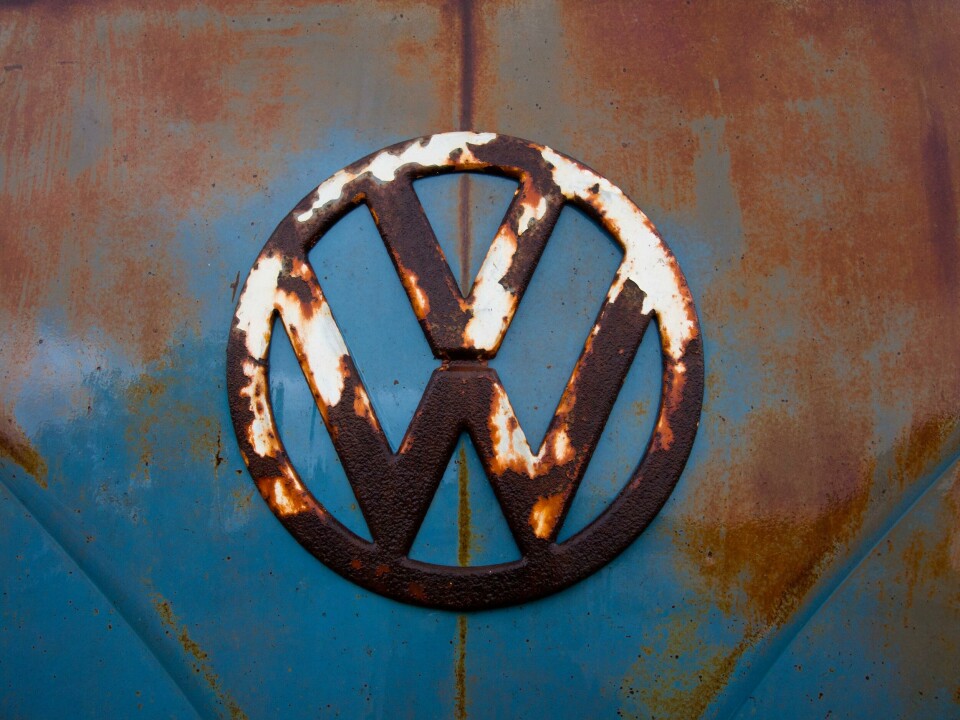
Volkswagen has announced a far-reaching restructuring plan targeting its German manufacturing operations in an effort to address financial losses, persistent structural challenges, and ‘bolster competitiveness’ as OEMs and tier-suppliers battle for economic viability, in what is now increasingly being seen as a growing ‘crisis’ in the automotive manufacturing industry.
Central to VW’s ‘pivot’ is the elimination of 35,000 jobs across various German facilities by 2030; a move designed to ‘streamline operations’ and achieve substantial cost savings as several automakers face a crisis impacting their overall economic viability. This huge workforce reduction is aimed at saving the company €1.5 billion ($1.54 billion annually) in labour costs, contributing to a total anticipated annual saving of €15 billion ($15.45 billion) in the medium term.
”These measures are a response to Volkswagen’s ongoing negative financial performance including a recent 64% drop in third-quarter profits, highlighting (in red marker) the carmaker’s urgent search for cost reductions”
A notable aspect of the carmaker’s restructuring strategy is the relocation of the iconic Golf model’s production from the Wolfsburg plant—its home for over half a century—to it’s facility in Puebla, Mexico, set to commence in 2027. The Wolfsburg plant will subsequently focus on producing electric vehicles, including the ID.3 and Cupra Born models, consolidating its operations from four assembly lines to two.
Several Volkswagen plants will be impacted by the production overhaul
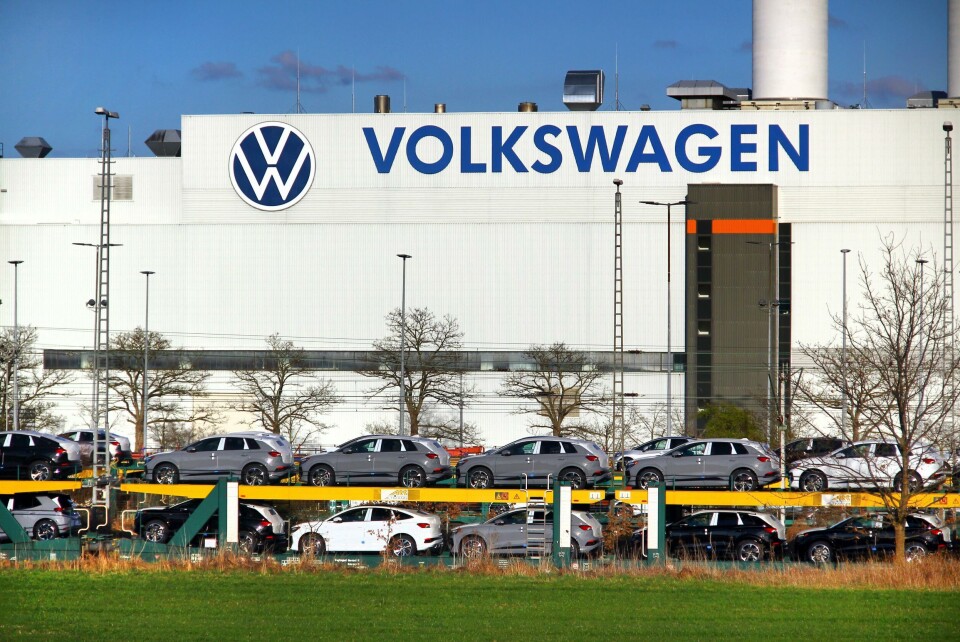
This aspect of the OEMs strategy will target $3.9 billion savings by 2030
The restructuring plan also outlines the cessation of vehicle production at the Transparent Factory in Dresden, which employs around 350 people, by the end of 2025, with Volkswagen exploring alternative uses for the site, potentially involving “third-party scheme”. Similarly, the Osnabrück plant (which currently employs around 2,300 people) will continue manufacturing the T-Roc Cabrio until mid-2027, after which the OEM will assess alternative applications for the facility.
Other German plants, including Emden, will continue to manufacture ID.4 and ID.7 Tourer models, while Zwickau will consolidate production of the Audi Q4 e-tron and Q4 e-tron Sportback onto a single line from 2027.
Volkswagen’s Group Components division will also undergo a significant realignment, focusing on core components while aiming to save €3 billion ($3.9 billion) by 2030. This includes a €500 million ($515 million) reduction in labour costs and the introduction of flexible working time models to adapt production capacities. Facilities in Kassel, Braunschweig, Salzgitter, Hannover, Wolfsburg, and Chemnitz will remain operational, but Volkswagen has not ruled out increasing procurement of non-core components from alternative sources.
”Intense price competition in the Chinese market, including discounts of up to 50%, has prompted Volkswagen to adopt a ‘value over volume’ strategy”
These measures are a response to Volkswagen’s ongoing negative financial performance, including a recent 64% drop in third-quarter profits, highlighting (in red marker) the carmaker’s urgent search for cost reductions. The company has faced challenges such as increased competition from Chinese manufacturers and sluggish demand in Europe, necessitating decisive action to ensure long-term sustainability. CEO, Oliver Blume, recently spoke to what he sees as “decades of structural problems” in Germany. The OEM has already allocated approximately €900 million ($975 million) for these huge restructuring efforts.
- Read more about: Volkswagen’s Existential Crisis
Volkswagen’s challenges have taken on global proportions
Volkswagen’s challenges extend beyond Germany. Despite China accounting for 35% of VW’s global deliveries in the first nine months of 2024, the region’s contribution has not offset deficits in Europe. Intense price competition in the Chinese market, including discounts of up to 50%, has prompted Volkswagen to adopt a ‘value over volume’ strategy. The carmaker’s approach involves focusing on long-term profitability rather than aggressive market share gains.
Volkswagen’s China strategy prioritises investment in local partnerships and innovation, including the establishment of the Volkswagen China Technology Company in Hefei, aimed at accelerating production and development by 30% while optimising costs through local supply chains.
Read more stories about recent job cuts and challenges in the automotive industry
- VW faces cost cuts amid German industry pressures
- Nissan cuts jobs Mitsubishi stake & reshapes EV strategy: Losses
- Ford announces 3,800 jobs cuts across Europe
- China: Fierce domestic competition sees international brands suffer lower sales and a contraction of output

The strategy points to the urgency of the challenges the industry faces
Volkswagen’s leadership has emphasised that these decisions, while difficult, are essential for the company’s future. Blume stated, “We are now back in a position to successfully shape our own destiny.” The agreement with labour unions, reached after extensive negotiations, aims to implement these changes without immediate site closures or compulsory redundancies, focusing instead on long-term structural adjustments.
With the automotive industry battling to transition towards electrification, Volkswagen’s restructuring overhaul is an alarm sounding out the major difficulties OEMs and tier suppliers are facing as they try to navigate incentives to shift towards EVs amidst severe consumer hesitation.
Volkswagen’s strategy to reposition itself as a technologically leading volume manufacturer by 2030 points to both the urgency of the challenges the industry faces, and the potential for automotive manufacturing transformation.
